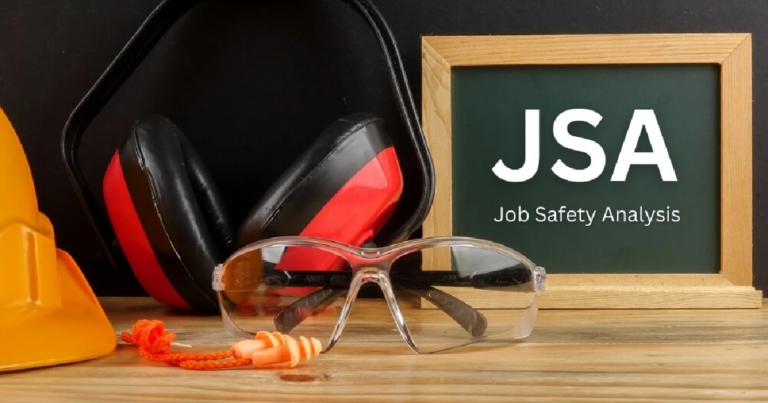Understanding the Recordable Incident Rate (RIR)
In the construction sector, where care and accuracy go hand in hand, safety is paramount. The Recordable Incident Rate is a crucial indicator of this dedication to safety (RIR). Comprehending the RIR is crucial to guaranteeing the welfare of construction laborers and the accomplishment of undertakings. We’ll examine the Recordable Incident Rate in this post, along with its meaning and the reasons it’s such a crucial component of safety management in the building industry.
The Recordable Incident Rate (RIR): An Interpretation
An essential safety measure in the construction sector is the Recordable Incident Rate (RIR), which is the number of OSHA-recordable occurrences per 100 full-time employees over a given period of time, usually a year. Workplace diseases, injuries, and accidents that need medical attention beyond first aid, work restrictions, or job transfers are all considered recordable occurrences. The RIR offers insightful information about a construction company’s performance in terms of safety.
RIR’s Scope in Construction:
In the construction sector, RIRs usually fall between 2.5 and 4.5. This indicates that, during the allotted time, there may be 2.5 to 4.5 OSHA recordable occurrences for every 100 full-time employees. An incident risk is lower and safety performance is greater when the RIR is lower.
The Importance of RIR in Building:
- Reliability Standard: When it comes to safety performance, the RIR is the standard. It assists building firms in evaluating their safety procedures and contrasting them with industry norms. Many businesses want to get a lower RIR because it shows that they are committed to lowering workplace mishaps.
- Mitigation of Risk: A workplace with a lower RIR is safer and has a lower chance of accidents and injuries. Improved project timeliness, reduced workers’ compensation insurance rates, and cost savings are all possible outcomes of this.
- Contextual Conditions: As a condition of doing business, many customers and project owners demand that contractors adhere to strict safety requirements, including reasonable RIR criteria. Keeping your RIR low is crucial for commercial chances.
- Well-Being of Workers: In the end, a low RIR indicates a dedication to employee welfare. It guarantees that workers may complete their responsibilities with less danger and more comfort.
Improving Reliability in Building:
Encouraging a culture of safety inside the company, offering staff continual safety training, and putting in place extensive safety systems are all necessary to improve the RIR. Finding opportunities for improvement necessitates ongoing event reporting, analysis, and monitoring.
Final Thoughts: Towards Safer Construction
The construction industry’s dedication to safety is shown in the Recordable Incident Rate (RIR), which is more than simply a statistic. It is crucial to comprehend and manage the RIR in order to lower risks, make workplaces safer, and guarantee the welfare of construction workers. It’s an essential step in building projects that are safer and more effective.







